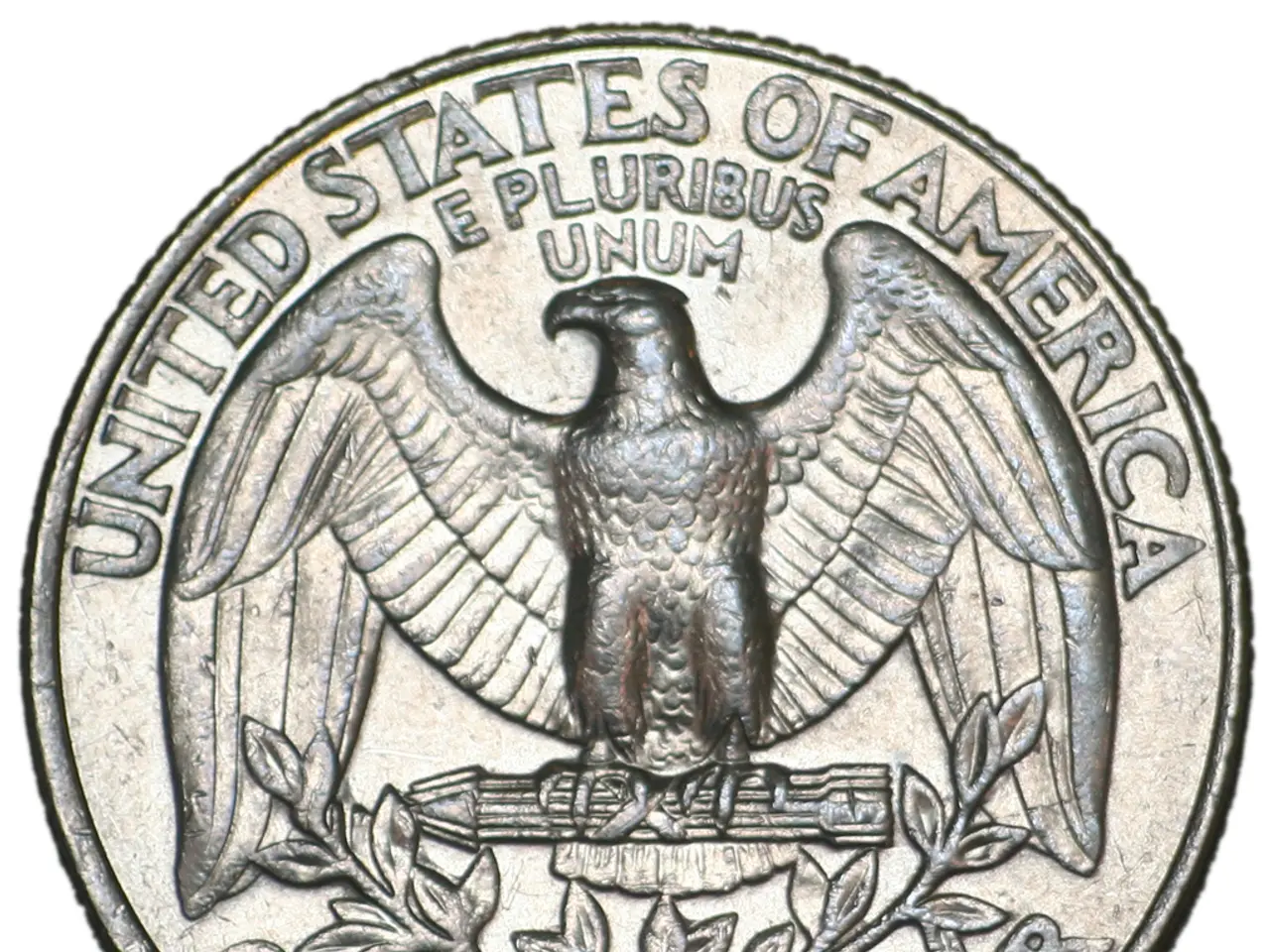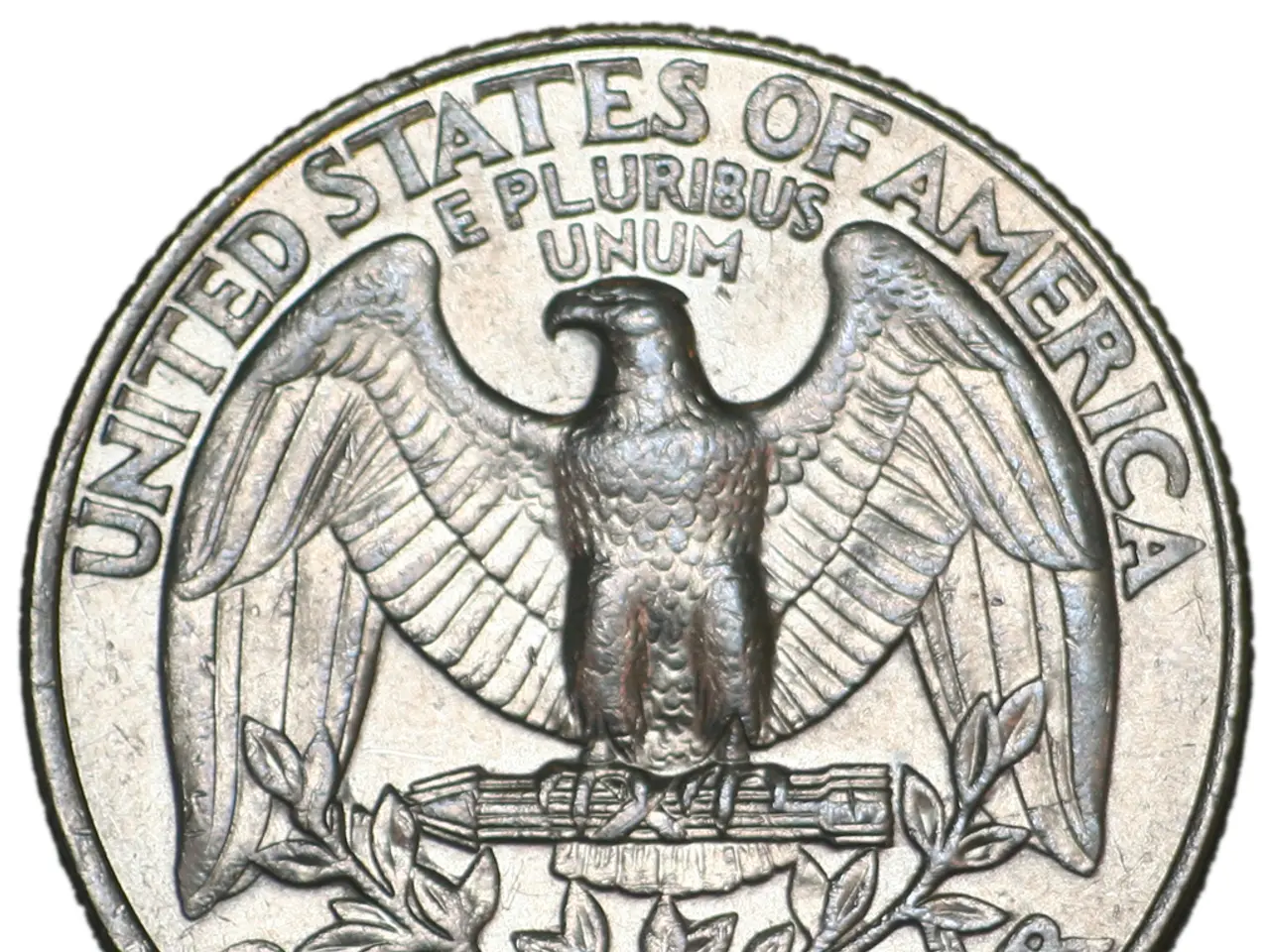Chinese commercial undertakings are in tumultuous conditions
China's Manufacturing Sector Contracts for Fourth Consecutive Month
The manufacturing sector in China experienced a contraction for the fourth consecutive month in July 2025, as indicated by the Manufacturing Purchasing Managers' Index (PMI) which fell to 49.3 from June's 49.7[1][4].
- Weather and Seasonal Disruptions: The manufacturing slowdown coincided with the traditional low season for industry, worsened by extreme weather such as heavy rain, flooding, and high temperatures across various regions[2][4]. These conditions disrupted production activities and supply chains.
- Weak Domestic Demand: Despite stimulus measures from Beijing, local demand remains weak, limiting factory orders and output growth[2].
- External Trade Pressure: China's manufacturing exports continue to face headwinds due to a roughly 50% tariff from the United States and overall cooling global demand linked to economic disruptions from ongoing trade tensions and tariffs[2][1].
- Export Order Declines: The Caixin Manufacturing PMI also showed contraction, driven by a sharper drop in new export orders, leading to cutbacks in output and employment declines in manufacturing firms[3].
However, some positive aspects remain: high-tech manufacturing and equipment manufacturing sectors remained in expansion territory, with their PMIs above 50, indicating resilience in emerging industries[4]. Business confidence also improved, and large enterprise growth and manufacturing profits showed signs of recovery despite the overall contraction[4].
In the services sector, the index stood at 50 points in July (down 0.2), with the output sub-index at 50.5 (down 0.5 points). Medium-sized businesses' PMI stood at 49.5 points, and the new orders indicator fell 0.8 points to 49.4[5].
Despite business activity in the non-manufacturing sector expanding, it did so at a slower pace, with its index down 0.4 points to 50.1[5]. The PMI for large enterprises in the manufacturing sector was the only positive indicator among business sizes, standing at 50.3 points[5].
The rise in the expectation indicator occurred following the signing of the deal between Beijing and Washington[6]. However, the trend of declining indices in services, combined with the contraction in manufacturing sector activity, suggests a possible slowdown in economic growth in the third quarter.
[1] China's Manufacturing PMI Deteriorates in July [2] China's Manufacturing PMI Falls in July Amid Weak Demand and Trade Tensions [3] China's Manufacturing Sector Contracts in July Amid Falling Export Orders [4] China's Manufacturing PMI Deteriorates in July 2025 [5] China's Services Activity Expands, but at a Slower Pace in July [6] China's Manufacturing Expectations Improve Following Deal with US
- The financial implications of the prolonged contraction in China's manufacturing sector could have a detrimental impact on the overall business sector.
- In the meantime, the weather-induced disruptions in the supply chain may cause temporary difficulties in the finance sector, affecting businesses that rely on timely deliveries.




